Built-in integrated microwave ovens are a game-changer for your kitchen. They save space and blend right into your cabinetry, giving your kitchen a sleek look. Plus, they pack a punch, cooking your meals quickly and efficiently without taking up valuable counter space.
Built In Integrated Microwave Ovens
Effortlessly blend modern convenience with your kitchen style for quick and delicious meals
Product List
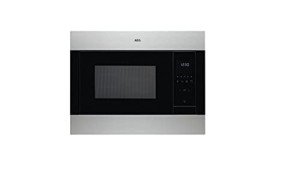
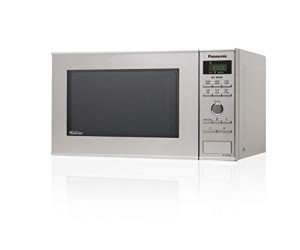
Panasonic 23L Microwave Oven
Panasonic
Product Review Score
4.43 out of 5 stars
39 reviews€179.00 €159.99
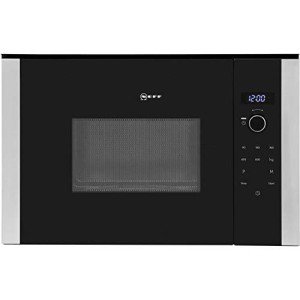

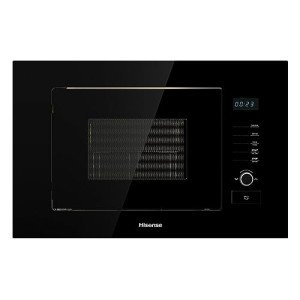
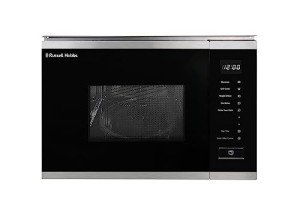
Russell Hobbs 20L Grill Microwave
Russell Hobbs
Product Review Score
4.59 out of 5 stars
114 reviews€205.21 €181.28
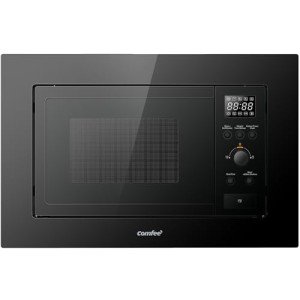
Comfee 20L Built-In Microwave
Comfee'
Product Review Score
4.44 out of 5 stars
69 reviews€171.01 €144.78
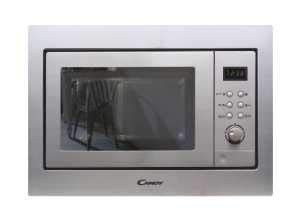
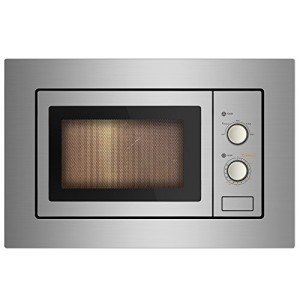
Cookology Stainless Steel Microwave
Cookology
Product Review Score
4.31 out of 5 stars
131 reviews€159.61
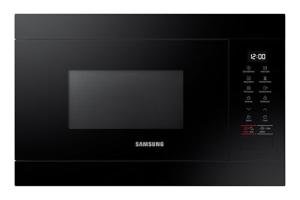
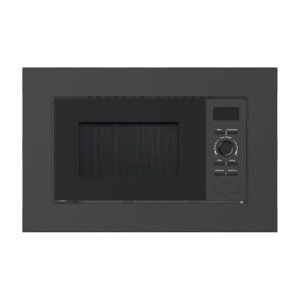
Cookology Black Microwave Oven
Cookology
Product Review Score
4.24 out of 5 stars
158 reviews€125.40
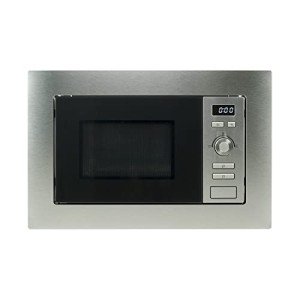
700W Built-In Microwave
Electriq
Product Review Score
4.4 out of 5 stars
190 reviews€205.19 €141.34
When designing a modern kitchen, homeowners look for appliances that balance functionality, convenience, and style. Among the most versatile appliances is the built-in integrated microwave oven. Unlike freestanding microwaves that sit on countertops, integrated microwaves are fitted seamlessly into kitchen cabinetry, creating a sleek, streamlined look while maximizing available space.
This blog explores the advantages, features, types, and considerations of built-in microwave ovens. It also provides comparisons, FAQs, and shopping tips to help you make an informed purchasing decision.
What is a Built-In Integrated Microwave Oven?
A built-in integrated microwave oven is designed to be installed within kitchen cabinetry or walls, often alongside conventional ovens or warming drawers. Integration eliminates the clutter of countertop models and creates a cohesive design in modern kitchens.
These appliances are often multifunctional. Many models combine traditional microwave heating with additional cooking modes like grilling, convection baking, and even steam functions.
Benefits of Built-In Integrated Microwave Ovens
-
Space-Saving Design
- Frees up countertop space.
- Perfect for compact kitchens or open-plan living areas.
-
Modern Aesthetic Appeal
- Aligns with cabinetry for a minimalist, uniform look.
- Complements other integrated kitchen appliances.
-
Advanced Cooking Features
- Includes grilling, convection cooking, and defrost settings.
- Some models have pre-set programs for common meals.
-
Ergonomic Positioning
- Can be installed at chest or eye level for easier access.
- Reduces bending compared to under-counter options.
-
Increased Home Value
- Integrated appliances are often seen as premium upgrades.
Types of Built-In Microwave Ovens
Built-in microwaves come in several types depending on cooking style and features.
| Type | Description | Best For |
|---|---|---|
| Standard Microwave | Performs typical heating and defrosting functions. | Users looking for basic functionality. |
| Grill Microwave | Adds grilling ability for browning and crisping food. | Those who enjoy crispy finishes on meals. |
| Convection Microwave | Offers microwave, grill, and convection oven capabilities. | Multifunctional cooks; small kitchens without space for a full oven. |
| Steam Microwave | Uses steam cooking for healthier, nutrient-preserving meals. | Health-conscious households. |
| Combination Models | Combines multiple functions (e.g., convection + grill + steam) in one unit. | Users who want versatile, all-in-one solutions. |
Key Features to Look For
When buying a built-in integrated microwave, consider the following features:
- Capacity: Ranging from 20 to 45 liters depending on household size and usage.
- Wattage: Higher wattage typically equals faster, more even cooking.
- Cooking Functions: Convection, grill, steam, auto programs.
- Design & Finish: Options include stainless steel, black glass, or custom panel-ready finishes.
- Control Panel: Touch controls, rotary dials, or sensor-based interfaces.
- Safety Features: Child lock, cool-touch doors, and automatic shut-off.
- Ease of Cleaning: Removable turntables or flatbed designs.
Pros and Cons of Built-In Microwave Ovens
| Pros | Cons |
|---|---|
| Saves countertop space | More expensive compared to countertop models |
| Seamless integration with kitchen design | Requires professional installation |
| Advanced cooking features | Less flexibility in placement once installed |
| Wide range of styles and finishes | Repairs may require dismantling cabinetry |
| Ergonomic installation heights improve convenience | Not portable—cannot be moved between kitchen areas or homes easily |
Installation Considerations
Before purchasing a built-in microwave, it is important to plan installation carefully:
- Measurements: Ensure cabinetry has the correct niche size. Standard widths are usually 60 cm, but depths may vary.
- Ventilation: Proper airflow is essential to prevent overheating.
- Electrical Supply: A properly rated power outlet should be located close to the cabinet space.
- Professional Installation: Recommended to avoid damage to cabinetry and ensure compliance with safety standards.
Price Range and Value
| Category | Price Range (Approx.) | What You Get |
|---|---|---|
| Entry-Level Models | £300 – £600 | Standard microwave and grill, basic digital programs. |
| Mid-Range Models | £600 – £1,200 | Convection, multiple auto functions, sleek design finishes. |
| Premium Models | £1,200 – £3,000+ | Advanced combination units, steam functions, sensor cooking, smart connectivity. |
Maintenance and Care
- Wipe interior after each use to prevent food residue buildup.
- Avoid metal cookware unless specifically designed for microwave use.
- Check ventilation regularly to ensure airflow.
- Use microwave-safe containers to protect food and appliance.
- Schedule servicing if unusual noises, sparks, or error codes appear.
Frequently Asked Questions (FAQ)
Q1. Are built-in microwave ovens worth the investment?
Yes, built-in microwaves not only save space but also enhance kitchen aesthetics and functionality. They are especially beneficial in modern kitchens where sleek integration is a priority.
Q2. Can I replace a countertop microwave with a built-in one?
Not directly. Built-in microwaves require cabinetry modifications and proper ventilation. However, many homeowners upgrade for the long-term convenience and style benefits.
Q3. Do built-in microwaves cook food differently than countertop models?
Cooking performance is similar, but many built-in models offer advanced functions like convection and grill, giving them an edge over basic countertop units.
Q4. How long do built-in microwaves usually last?
With proper maintenance, they typically last 7–10 years, depending on usage and brand quality.
Q5. Can integrated microwaves be installed above a conventional oven?
Yes, many kitchen layouts place microwaves above or below standard ovens for a seamless look. Adequate ventilation and ergonomic access should be considered.
Q6. Do they consume more power than regular microwaves?
Power consumption depends on additional features (convection, grill, steam). While they may use more energy during advanced cooking functions, efficiency is improved compared to using multiple appliances separately.
Final Thoughts
A built-in integrated microwave oven offers more than simple reheating. It embodies modern convenience, advanced cooking functions, and timeless kitchen design. For homeowners upgrading their kitchen or designing a new space, this appliance brings both practicality and style.
With the wide variety of models available—from basic integrated microwaves to multifunctional convection and steam units—there is something for every lifestyle and budget. By considering factors like size, features, and installation requirements, you can choose the model that perfectly complements your kitchen and cooking habits.